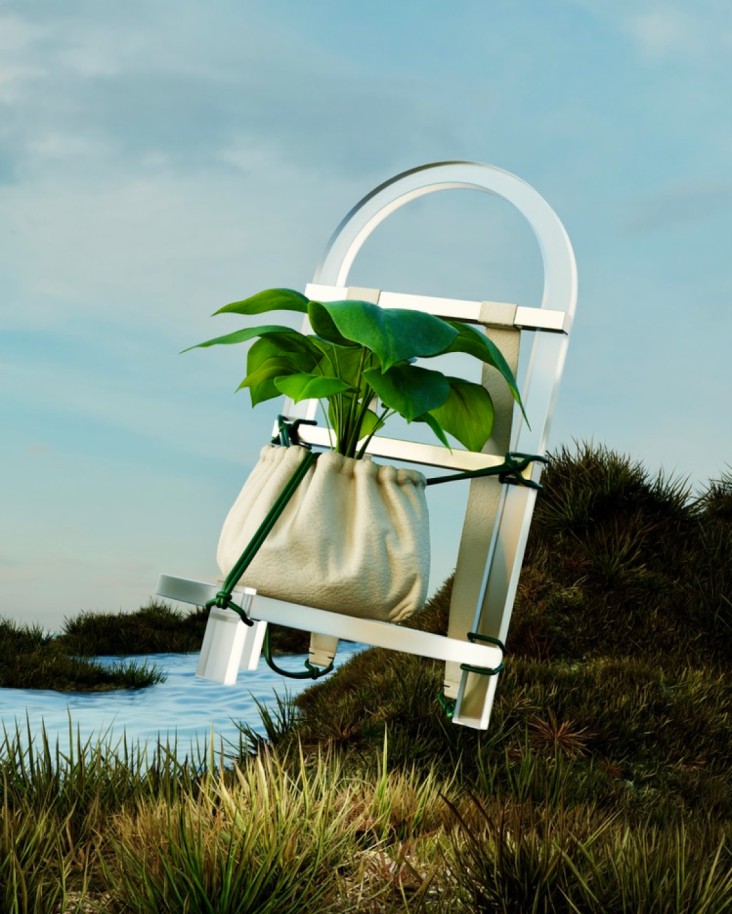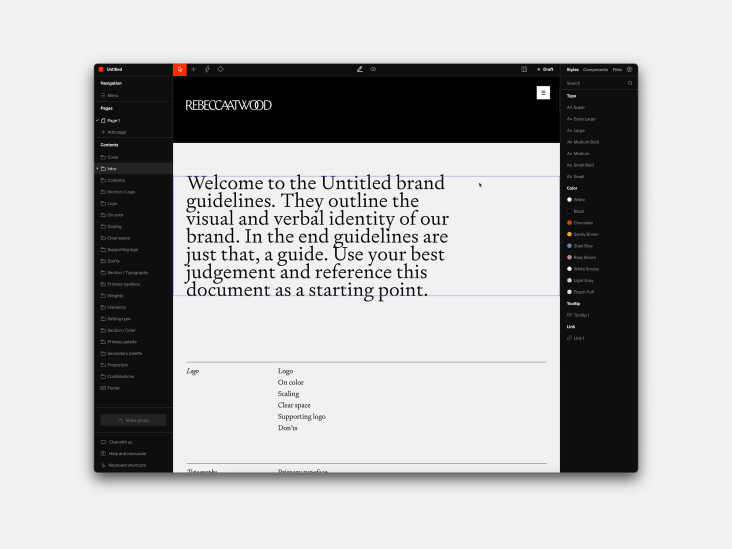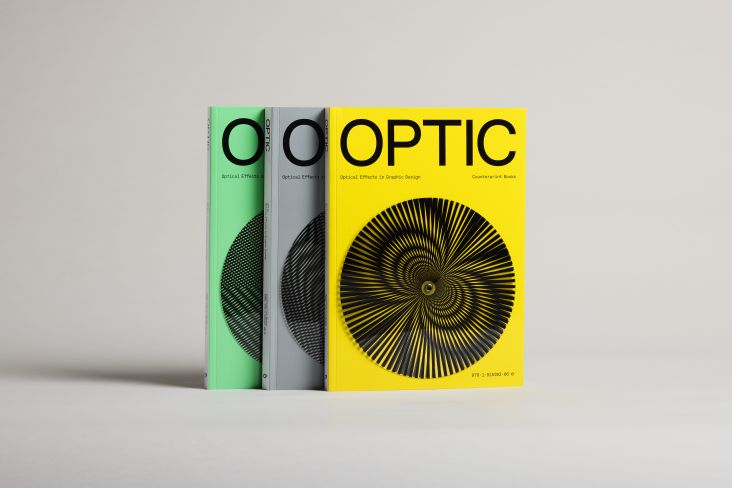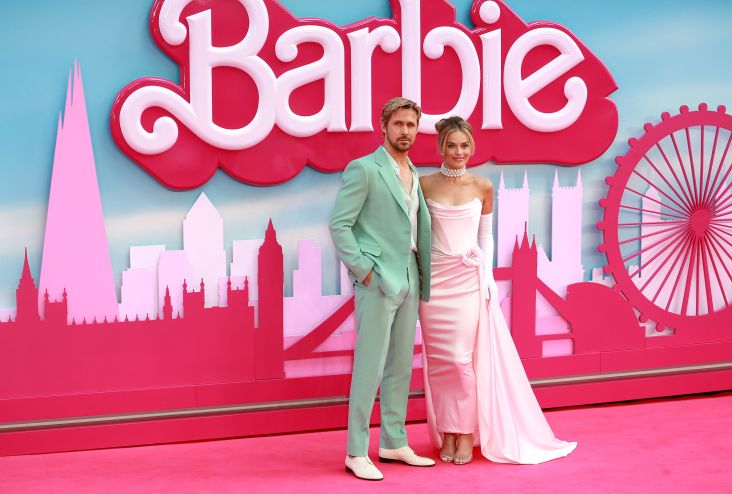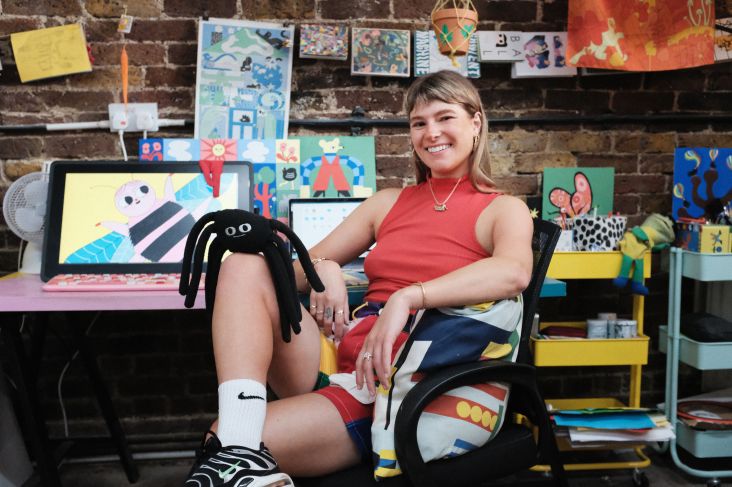'Embrace rejection': Graham Johnson on his book of failed ideas and how to cope with knockbacks
Graham Johnson and Rob Hibbert have turned one of the most unpleasant parts of creative life into a witty new title called Rejected Books. Featuring ridiculous ideas for tomes that would never see the light of day, it's a hilarious way of transforming the defeat of getting knocked back into a successful project.
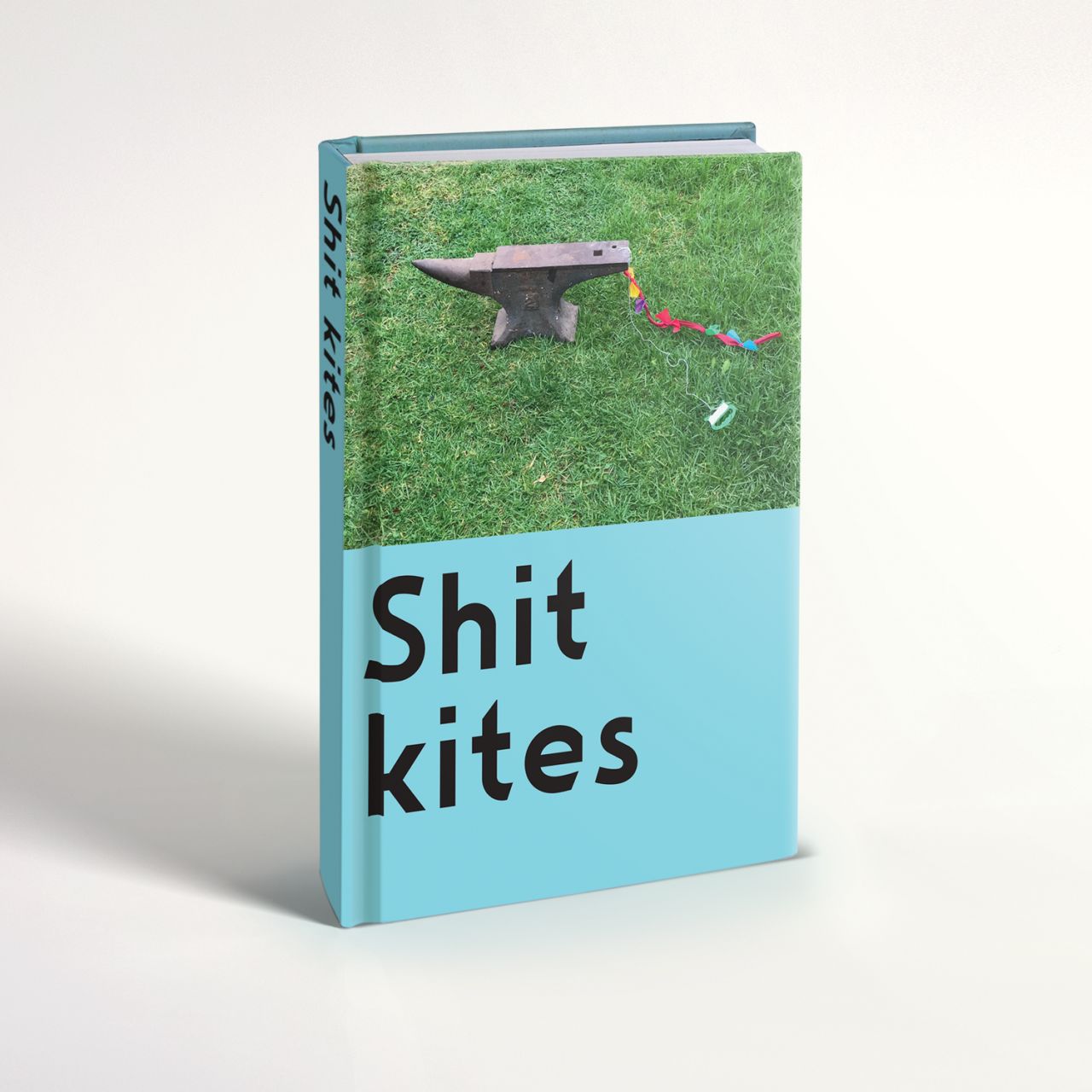
Nobody likes rejection, but it's a compulsory part of life as a creative. However, this doesn't mean it can't be upcycled into winning work. Take Rejected Books by Graham Johnson and Rob Hibbert, which features 50 covers for titles that should never exist, including How To Cook With Breast Milk, DIY Glory Holes and Shit Kites.
Recently re-released with a dust jacket that emulates the style of a classic Penguin paperback, Rejected Books is the follow-up to the pair's previous title, Images You Should Not Masturbate To. "Our proposal was a Black Label Edition that came sealed in plastic," Graham tells Creative Boom. "The concept had been approved until some bean counter at Penguin expressed concern that it might 'cannibalise sales of the existing book', which was still selling well. So then, well, it got rejected."
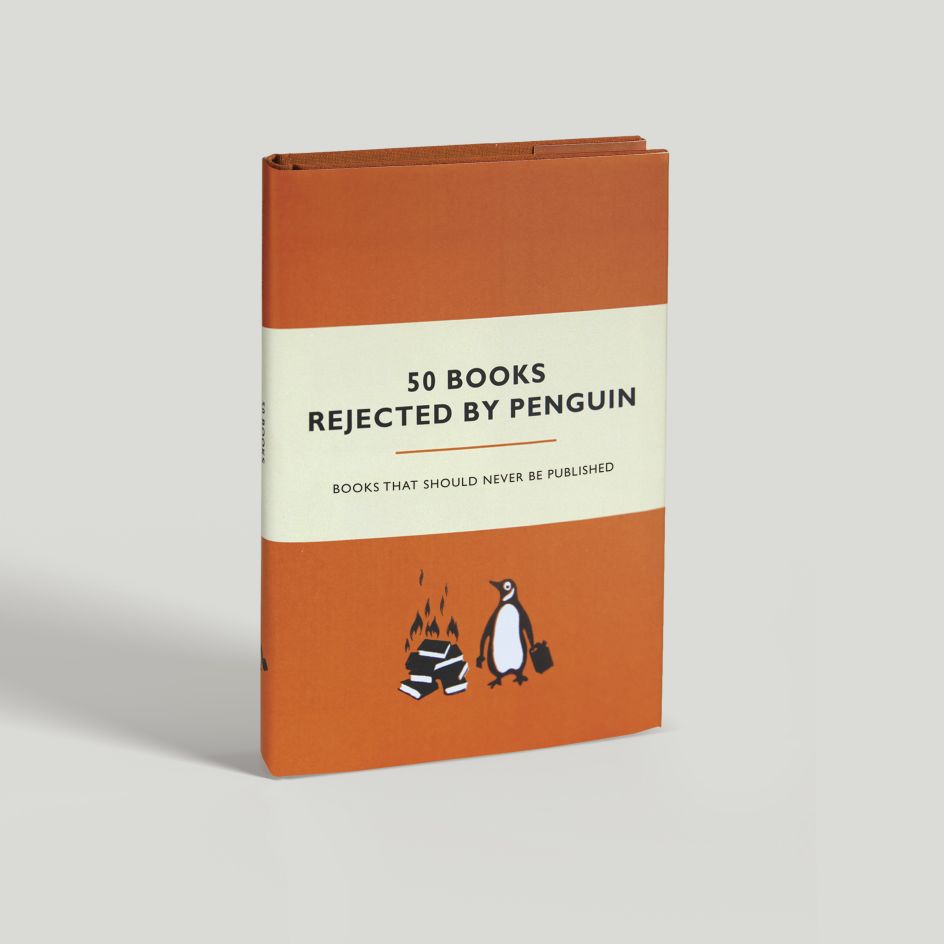
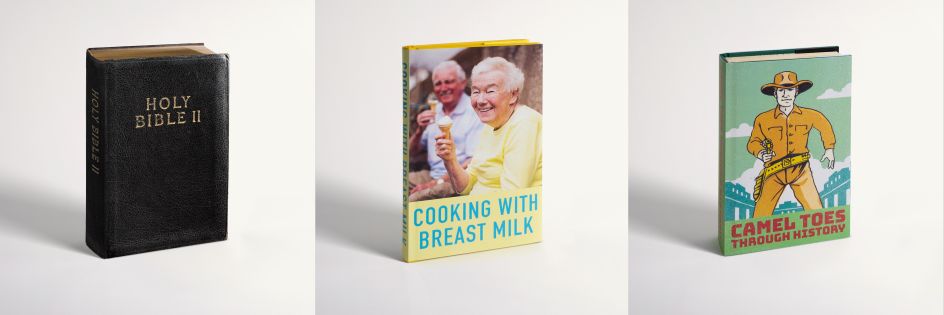
In an ironic quirk of life imitating art, the pair pitched several more books that didn't quite make the grade. "We joked that if we got enough rejections, maybe one day we'd be able to put out a book called 50 Books Rejected by Penguin," says Graham. "Then somehow, we landed on this as a genuine concept to pitch, and the bloody thing got approved, although the title was rejected and changed to simply Rejected Books."
The bizarre similarities don't end there, either. After the proposed cover for the book got rejected, Graham and Rob licked their wounds and hatched the idea of creating a limited-edition dust jacket which featured the original idea, art and title in all its glory. "Thankfully, Henry Vines at Penguin London (who is extremely supportive of our foolish ideas) permitted us to sell the bespoke dust jacket."
This didn't mean all the hurdles for the project had been cleared, though. When promoting the book, the two ran into even more difficulties. "We thought it'd be a good idea to run a billboard that featured our favourite book cover, Holy Bible 2," Graham explains.
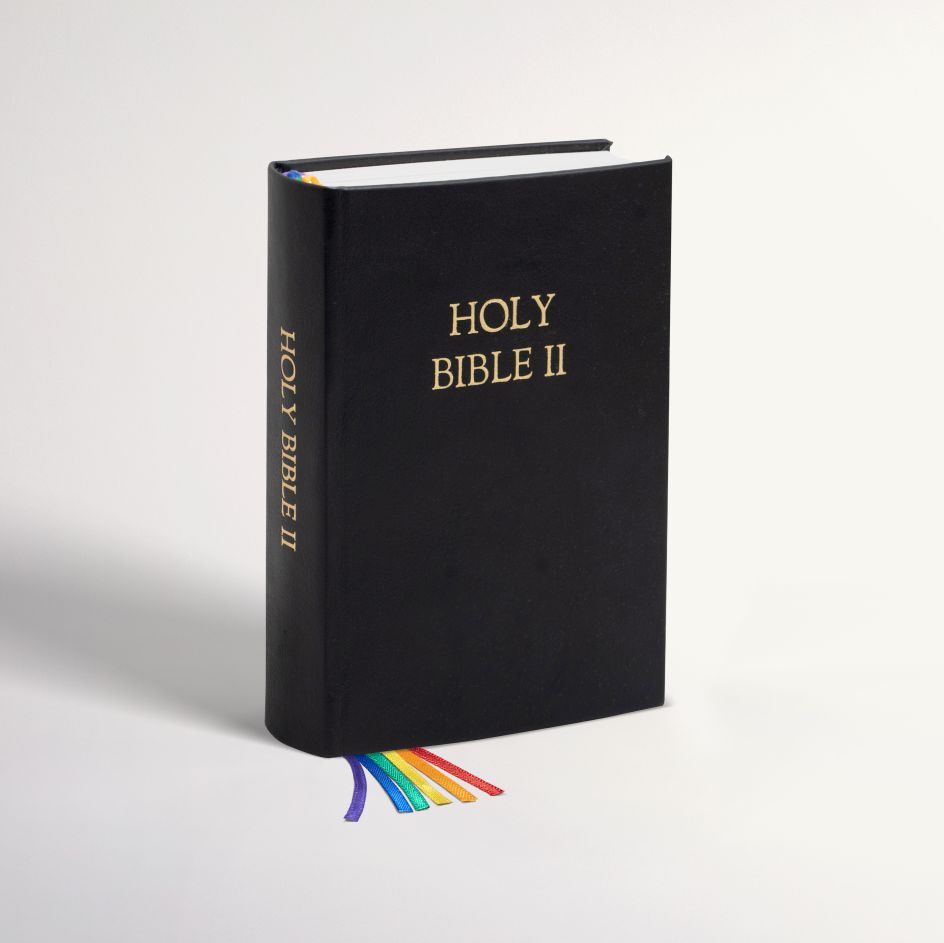
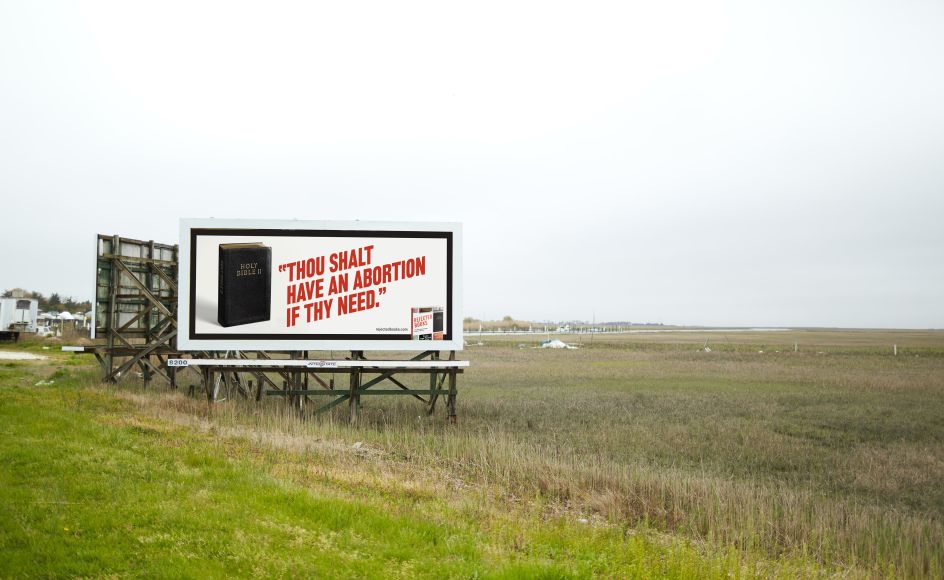
"We created a billboard concept with an imaginary commandment from the new Bible and tried to run it in the US Bible Belt. But unfortunately, it got rejected. In fact, our billboard was rejected in all 13 Bible Belt states. As soon as the media companies and vendors saw our layout, we got some very affirmative declines.
"This spurred us to try another approach. We decided to produce an actual Holy Bible 2. Our extremely Limited-Edition release (there's only one copy in the world) contains ten new commandments, like 'It's okay to be gay', 'Thou shall not grab others by the pussy’ and 'Thou shall have an abortion if thy need', (as rejected in the Bible Belt).
"These new decrees are repeated on every page along with a small instruction encouraging the reader to 'Tear and share: Remove this page and insert into a copy of Holy Bible 1'. This more progressive Bible even comes complete with rainbow Pride bookmarks and is currently being auctioned online."
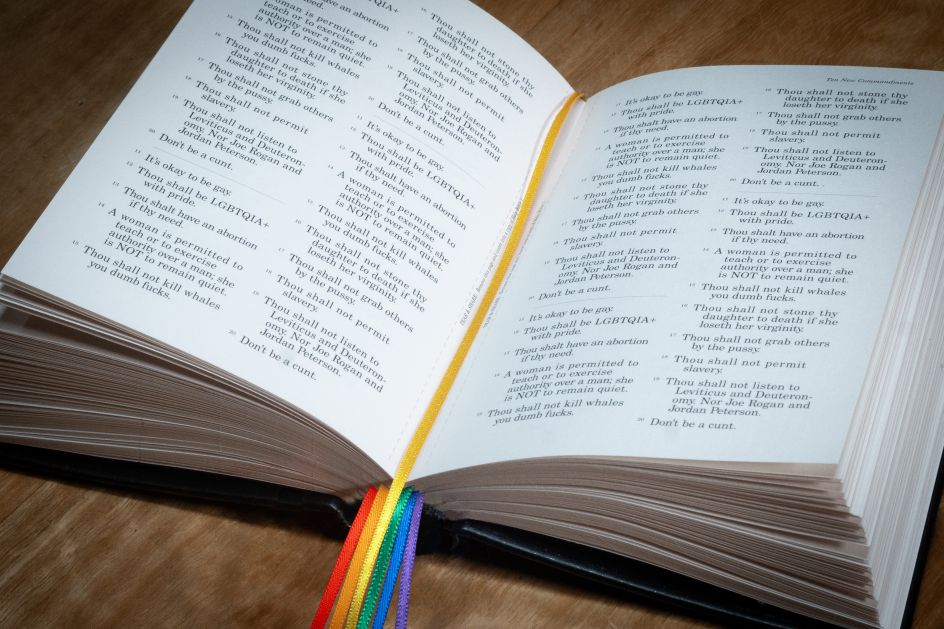
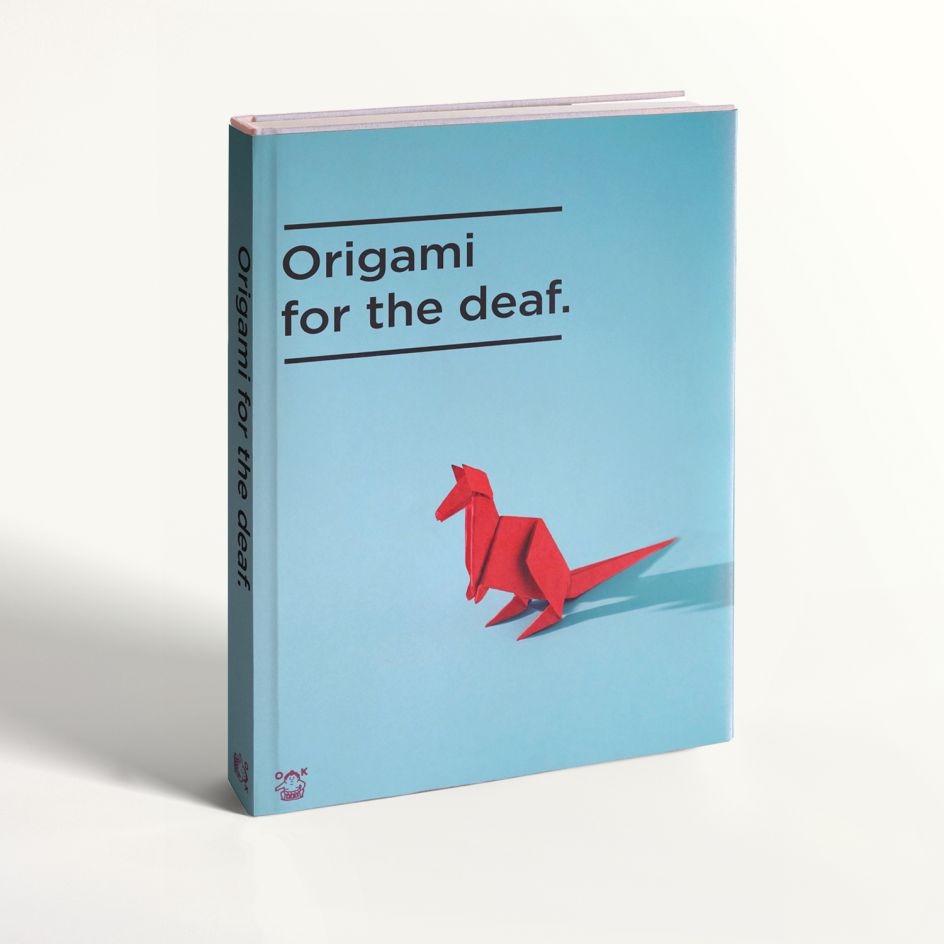
As for creating the covers themselves, some came together more quickly than others. "Stock shots came in handy," says Graham, "but in the end, I spent over a year sculpting, building, making, photographing, and sticking my arse in plaster of Paris, whilst Rob got his son to photograph him wearing Trump, Putin and owl masks, and asked his friend to make him a coffin fit for a clown."
Arse-sculpts aside, Rejected Books has travelled a long road in its journey to publication. The pair's previous book came out in 2011, and since then, they've dealt with their fair share of rejections. "I've been wasting my time producing a range of foolish products, such as invisible action figures and a Geordie's Illustrated Guide to Tyne Chi," says Graham. "Rob has wasted time writing a web series called How To Talk Australians, which is currently being produced as a feature film."
But their fortunes changed when they were connected to a great literary agent who did the pitching for them. "You still get rejections, but you get to spend more time creating and less time selling."
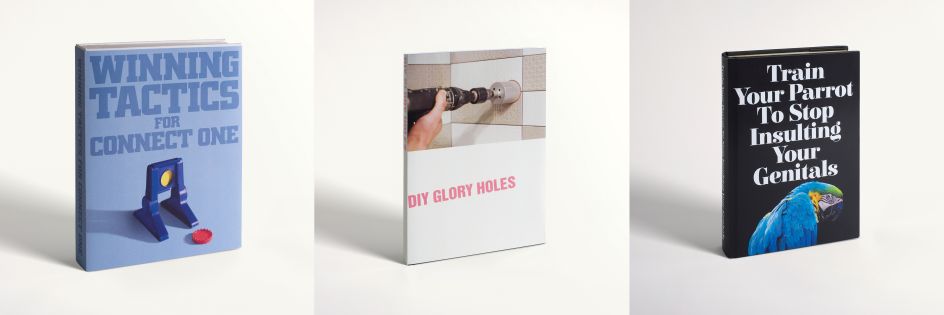

Rejection can erode a creative's self-esteem, but curiously enough, Graham doesn't have a pessimistic view of it. "It's not just a common part of the process; it's an essential part," he argues. "If you only ever heard 'yes', you wouldn't end up striving and pushing your work further. So, you can't really see it as a bad thing. As Samuel Beckett wrote, 'Ever tried. Ever failed. No matter. Try Again. Fail again. Fail better'."
That being said, when asked how he deals with rejection, Graham admits he responds "badly". But in seriousness, he adds that creatives need to embrace rejection. "Even after we got our book approved, we faced many rounds of rejection.
"As mentioned, the title and cover itself were rejected. And there were also quite a few book ideas we'd mocked up that got rejected from Rejected Books. At one stage, we joked about a second book called Rejected Rejected Books. Some of these can be seen on @rejected_rejects."
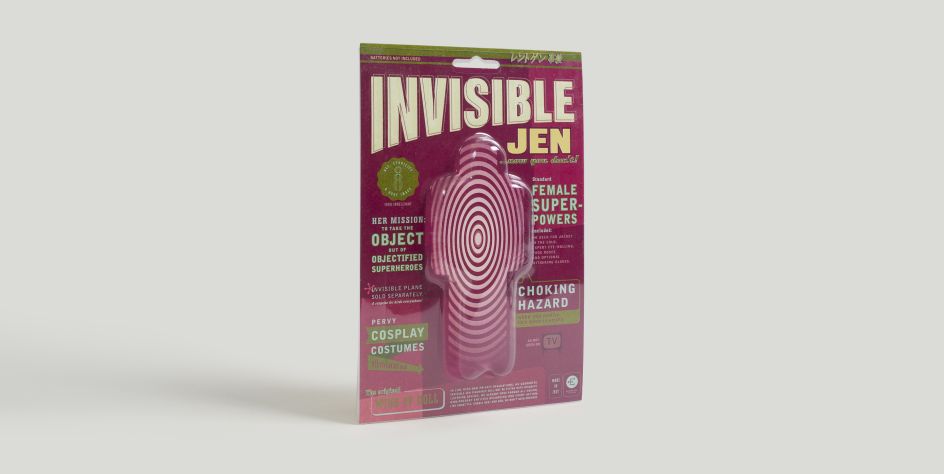
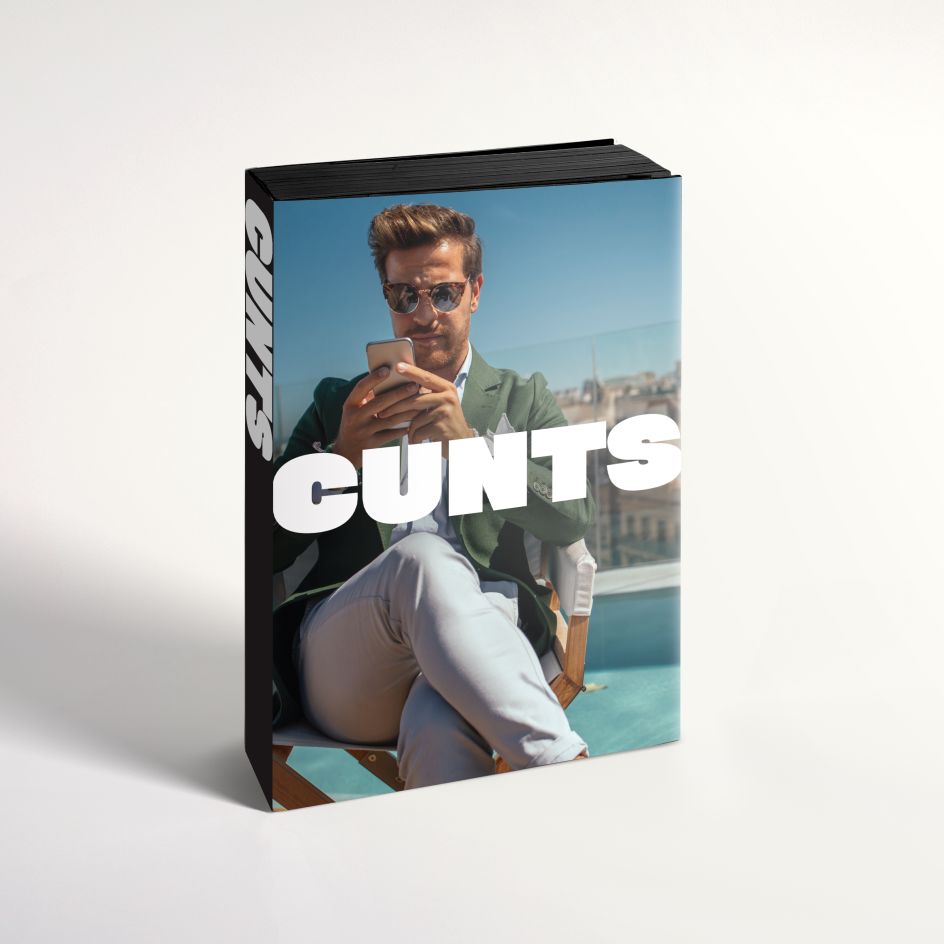
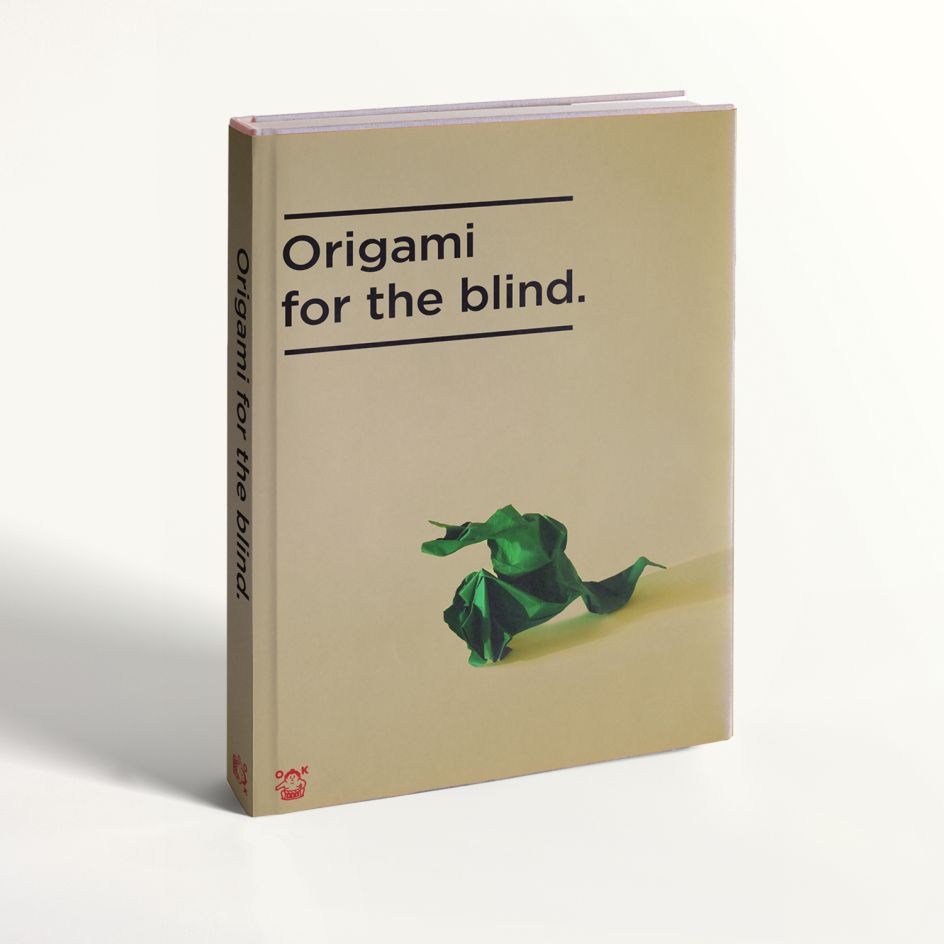

Underlying Graham's outlook is a sense of practicality. He's keen to remind art directors and copywriters that they get paid for their concepts, whether bought or not. It's a different story for actual artists. "If an artist doesn't sell their work, they don't get paid for it," he says. "If you're feeling sorry for yourself, read about Monet. Or speak to any real artist who cleans toilets to make ends meet.
"Like most advertising creatives, countless ideas have been rejected throughout our careers. You have to accept that your best ideas simply don't get made. Take this as a signal that you should probably try 'creating' in another field. So, try making something that isn't an ad. Put some time aside for your own ideas, not just ideas for clients. Ideas where you own the IP.
"And you can't just dabble at it. You need to commit to it. If you have an idea for something that you'd really like to make, you have to find a way. As the great Ry Cooder once said (long before Dan Weiden), 'Find a way to do it. Do it'." Amen to that.

 for Creative Boom](https://www.creativeboom.com/upload/articles/06/063686a9a3b095b9b1f0e95df917ed4bd342be1b_732.jpg)



 using <a href="https://www.ohnotype.co/fonts/obviously" target="_blank">Obviously</a> by Oh No Type Co., Art Director, Brand & Creative—Spotify](https://www.creativeboom.com/upload/articles/6e/6ed31eddc26fa563f213fc76d6993dab9231ffe4_732.jpg)
 by Tüpokompanii](https://www.creativeboom.com/upload/articles/58/58684538770fb5b428dc1882f7a732f153500153_732.jpg)








